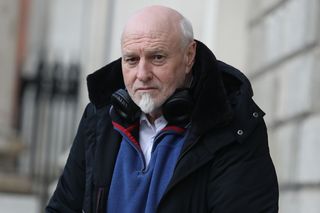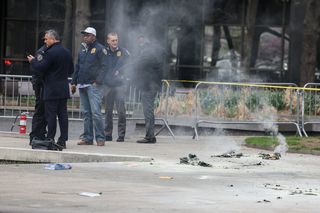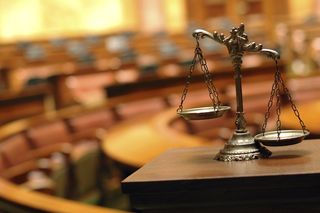Classical... American sounds: Music to celebrate Independence Day
Leonard Bernstein
That classical music is a product of European civilisation is self-evident. Take a random selection of composers - Beethoven, Bruckner, Tchaikovsky, Tárrega, Vivaldi, Vaughan Williams, Sibelius, Smetana, Franck, and Fauré - and trace their roots by country. Germany, Austria, Russia, Spain, Italy, England, Finland, the Czech Republic, Belgium, and France - you've coloured in most of the map of the continent. But this is the Fourth of July, so it's only fair the Americans get a look-in.
George Gershwin may be renowned as the purveyor of some of the most popular songs, the basis of his highly successful musicals, but he was a classical composer too. There's Rhapsody in Blue, a fusion of classical and jazz.
An American in Paris is a tone poem in the tradition of Smetana's Ma Vlast, a story told not in words but in music, in this case an American tourist taking in the sights and sounds of the French capital. To make it authentic, Gershwin even used Parisian taxi horns in the concert performance.
Porgy and Bess is another of his, best known now as a movie or a stage musical, but it was conceived as an opera, and that was how it was first presented in 1935.
Leonard Bernstein's work crossed the divides as well. His stage productions ranged from West Side Story to the operetta Candide, based on Voltaire's 18th-century French satire, best remembered now for a dazzling overture which, for all its references to music in the modern idiom and its inbuilt American exuberance, sits easily in the classical context.
Bernstein was also renowned in the concert hall as one of the world's top conductors. He directed the New York Philharmonic from 1958 to 1970.
American folk music influenced composers from Europe, most notably Dvorák, whose Ninth Symphony he entitled From The New World. Dvorák spent three years in the United States in the 1890s and drew inspiration from what he heard around him. The slow movement - you'll know it too as the song Goin' Home - is hung on the frame of an American spiritual. The scherzo that follows makes use of the rhythms of native American dance.
Charles Ives is quite possibly the most significant of the American composers. Unusual in that he followed a highly successful career in life insurance in tandem with the musical experimentation that makes him so important. For many years he struggled for recognition, so challenging was his output - it was almost half a century before his symphonies were performed - but now he's acknowledged as a major force who forged a new style drawing heavily on local influences.
Unlike Ives, both Aaron Copland and Samuel Barber went to Europe to further their musical education. In Copland's catalogue you'll find ballets heavily influenced by American themes. Hoe-Down from one of them - Rodeo - is the Copland piece you're most likely to hear.
Barber's Adagio for Strings - originally the slow movement of a string quartet he wrote as a young man - got a life of its own when it featured in a radio performance under the great conductor Arturo Toscanini in 1938. This poignant piece was music for the moment - the Great Depression still fresh in the memory, the threat of world war in the air.
There's a six-CD set called 100 Best American Classics on EMI (972 8002) - a supersized introduction to the rich array of art music from the other side of the pond.
Join the Irish Independent WhatsApp channel
Stay up to date with all the latest news














